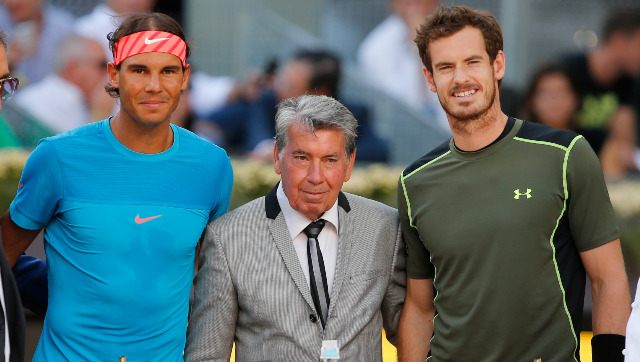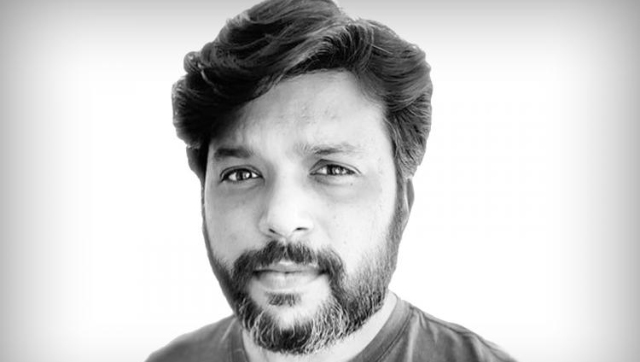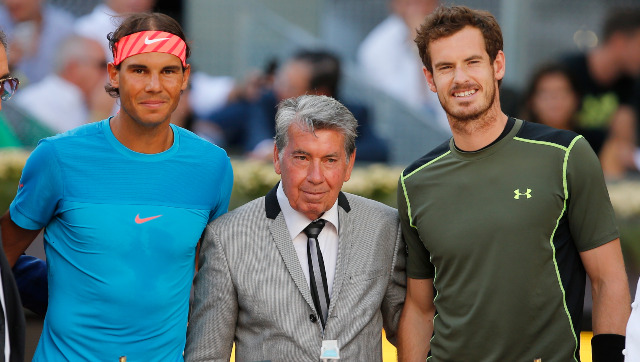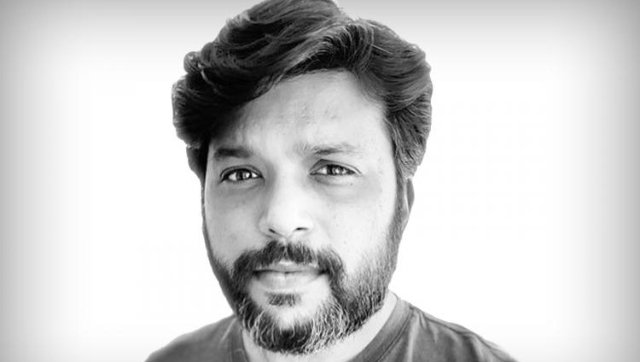The most enduring image of Sunil Gangopadhyay in my mind is that of an indulgent voice, with the same earthy timbre in which your grandfather scolded you or asked you to switch off the television. Yes, that is how I remember ‘Neel Lohit’, Bengal’s tallest contemporary literary figure.
It was during my stint at a national newspaper that I had called him to get a reaction from him after the West Bengal Assembly elections in 2011. Knowing fully well that his favourite party, the CPI(M), had been routed in the polls, he said, “This is a hujug (pointless excitement). Like everyone else, even I have joined in this hujug.”
That is how down-to-earth and non-poetic he could become. But after all, that was what he was to most of his friends and colleagues - just Sunil_da_, whose house in Mandeville Gardens in Kolkata was a favourite haunt of many poets, artists and writers in Bengal and beyond.
Was he the disillusioned, angry and carefree man of Aranyer Din Ratri (Days and Nights in the Forest)? It was one of those works which led generations of young Bengali men to dream of such an escape from the city, from civilisation, from morbid visions of a ‘settled’ future itself. The characters - Ashim, Sanjoy, Hari, Shekhar - could be any one of us.
Could we imagine him as _Kakabab_u, the popular adventure character he created who needed a crutch to walk, but could leave several young men daunted by his grit, determination and courage? Young Bengali readers have spent countless afternoons in the Andamans, Afghanistan and Kumaon hunting down mysteries with Kakababu - a Swabuj Diper Raja or a Bhoyonkor Sundor tucked under the text book.
The man was also the feisty poet, whose Eka ebong Koekjon inspired one to write poetry. Several springs ago, at a cheerful Kolkata boimela (bookfair) I saw him presiding over the stall of Krittibas, a popular literary magazine. Krittibas, a Bengali literary magazine focussed on poems was edited by him and it encouraged new, unconventional writing.
Old-timers in the famous coffee house in College Street would recount how a young Bengali poet was moulded by Sagarmoy Ghosh, the towering editor of Desh, a stalwart in literature himself.
Sunil Gangopadhyay himself acknowledges the influence Sagarmoy Ghosh had on his life, often choosing to say that had it not been for Sagar_da_, he would probably not have been so widely read.
For some, he was also the man who brought modern Bengali literature to its brush with history - with a tome like Purba Paschim. The writer, born in Faridpur district of erstwhile East Pakistan (present day Bangladesh) in 1934, had taken that ardous journey of a refugee like several people during the Partition.
The two-volume book depicting the multiple images of the Bengal partition through the eyes of several people in Bengal, Bangladesh and elsewhere took Bengali literature to its zenith in historical fiction. It remains to this day a landmark in Bengali literature.
Or was he the upright friend who would stand in defence of you - just like he did for Hungryalist poet Malay Roy when he was charged with obscenity. No wonder he counted among him friends poets like Allen Ginsberg and Pablo Neruda. Allen Ginsberg, in particular mentions him in his poems on Kolkata.
Could we remember him as the litterateur who encouraged the use of Bengali in signboards of shops and establishments in Kolkata - a move that was often misunderstood as parochial? It is no surprise that the writer said, “I do not think Bengali as a language will survive after a few years,” when he got up on stage to receive the award of ‘Shera Bangali’ (Bengal’s Best), held by ABP Ananda, this year.
When you hear dressed-to-the-hilt mothers mockingly complain with practised ease, “My son or daughter can’t even read Bengali”, you realise he was not too far from the truth.
Like most writers, he completed his journey with a regret. He could not complete his voluminous work on Mahabharata - something that he had been working on for a long time.
As I turn the pages of this year’s Pujabarshiki Desh (the Puja special edition of Desh), where he last wrote, I am reminded that if I had approached him once, he could have read my poems. He seemed like that kind of a person.


)




)
)
)
)
)
)
)
)